Bar B Que in Spanish: A Global Flavor Fiesta
"Que se quema el asado!" – Translation: "The barbecue is burning!" If you’ve ever been to Argentina, you know that barbacoa isn’t just a weekend cookout—it’s a lifestyle.
When it comes to bar b que in Spanish-speaking countries, things get spicy, smoky, and seriously delicious. From the slow-smoked meats of Texas to the wood-fired parrillas of Paraguay, let's take a culinary world tour through fire, flame, and flavor.
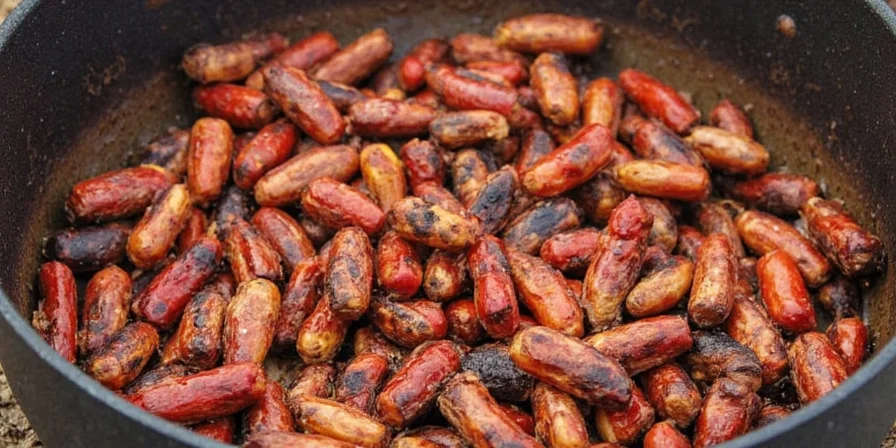
Table of Contents
- What Even Is Bar B Que?
- BBQ in Spain: Paella, Not Pork?
- Latin America BBQ: The Meat Lover’s Paradise
- Spice Showdown: Regional Rubs Compared
- Top 5 BBQ Tips for Spicy Success
- Grill Like a Globetrotter: International Recipes
What Even Is Bar B Que?
The word “barbecue” might come from the Taino word *barbacoa*, but in Spanish-speaking countries, it takes on many forms. Let’s break it down:
| Country | Term for BBQ | Literal Meaning |
|---|---|---|
| United States | Barbecue / BBQ | Low and slow cooking over smoke |
| Mexico | Barbacoa | Slow-cooked meat (often in underground pits) |
| Argentina | Asado | Meat grilled over open flame |
| Spain | Barbacoa / Asado | Usually means rotisserie or spit-roasted chicken |
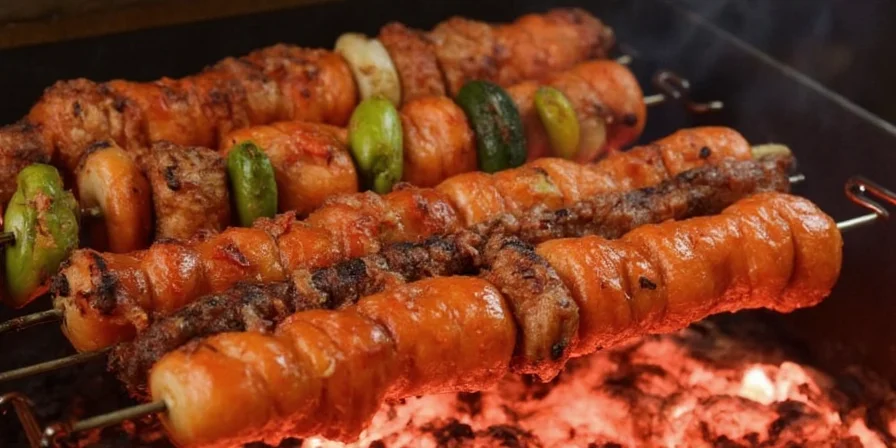
BBQ in Spain: Paella, Not Pork?
In Spain, the term “barbacoa” can sometimes mean your Sunday roast chicken at the corner store. But real barbecue? That’s more about paella pans and open fires.
- Spanish grilling often uses holm oak or orange wood—giving meats a sweet, smoky aroma.
- Pimientos de padrón are a classic tapas-style grill item, tossed with coarse salt and roasted until blistered.
- Pork belly skewers (pinchos morunos) show North African influence and pack a punch of paprika, cumin, and garlic.
Latin America BBQ: The Meat Lover’s Paradise
If you thought Texas was serious about ribs, you haven't met the gauchos of Uruguay or the grill masters of Brazil.
- Uruguay: Every Sunday is sacred—and reserved for the asado. They even have special social clubs called parrilladas.
- Brazil: Churrasco culture is all-you-can-eat meat served on swords. You spin or stop the server with color-coded cards.
- Colombia: Lechona (roast pork with rice and spices inside the pig) is slow-roasted for hours and stuffed with flavor.
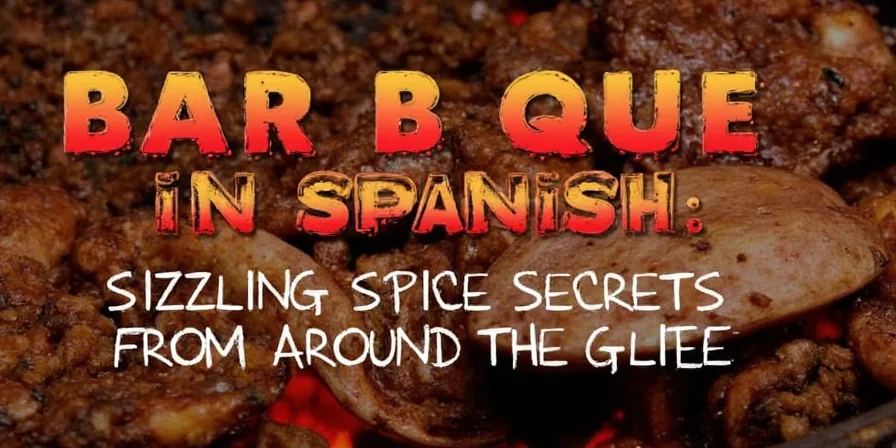
Spice Showdown: Regional Rubs Compared
No two cultures season their meats the same way. Here’s how some popular regions stack up when it comes to spice blends:
| Region | Signature Rub Ingredients | Flavor Profile |
|---|---|---|
| Texas | Salt, black pepper, garlic powder | Earthy, bold, and no-nonsense |
| Mexico (Veracruz) | Recado rojo: annatto, oregano, cloves, vinegar | Smoky, tangy, slightly sweet |
| Argentina | Vinagre, chimichurri, coarse salt | Fresh, herby, and acidic |
| Peru | Aji panca, cumin, soy sauce | Umami-rich, fruity heat |
Top 5 BBQ Tips for Spicy Success
- Know Your Fire Zones: Create hot and cool zones on your grill to control cooking pace and prevent flare-ups.
- Don’t Skip the Rest: Let meat rest after grilling so juices redistribute—your knife will thank you.
- Use Wood Wisely: Fruit woods like apple or cherry add sweetness; hickory and mesquite bring the smoke.
- Brine It Before You Grill It: Especially for poultry—brining keeps it juicy and adds flavor deep into the meat.
- Spice Timing Matters: Salt early, sugar-based rubs near the end to avoid burning, and fresh herbs right before serving.

Grill Like a Globetrotter: International Recipes
Ready to impress your next backyard crew with global flair? Try these recipes:
- Argentine Chimichurri Skewers – Marinate skirt steak cubes in olive oil, garlic, parsley, and red wine vinegar. Thread onto skewers and grill fast over high heat.
- Mexican Barbacoa Tacos – Use beef cheek or lamb shoulder, rubbed with dried chilies, slow-cooked in banana leaves or wrapped in foil, then shredded and topped with cilantro and lime.
- Spanish Pimientos de Padrón – Toss small green peppers with olive oil and sea salt, char them on the grill, and enjoy their mild-to-fiery surprise bites.
- Colombian Mojo de Ajo Chicken – A garlicky marinade made with cumin, lemon, and cilantro—grill whole chickens or legs for maximum flavor impact.
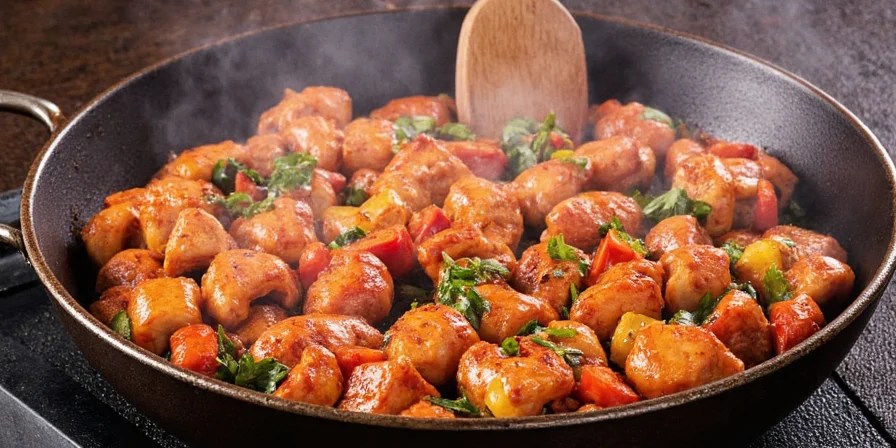
Final Thoughts: Smoke, Spice, and Savor
Whether it’s called asado, barbacoa, or just plain barbecue, one thing is clear: humans love cooking food over fire. The magic happens when local spices meet regional techniques, creating unforgettable meals.
So the next time you fire up the grill, don’t stick to the same old salt-and-pepper combo. Think globally, grill locally, and season like a traveler with taste buds trained in every corner of the spice world.
Got a favorite bar b que in Spanish dish or spice blend? Share it below—or better yet, throw it on the grill and tell us what happened!
Summary
This article explored the rich diversity of barbecue across Spanish-speaking cultures, highlighting how terms like barbacoa, asado, and parrilla reflect not only linguistic variety but also culinary traditions steeped in history and spice use. We compared spice profiles, shared expert grilling tips, and offered international recipe inspiration to help readers bring global flavors to their own backyard cookouts.

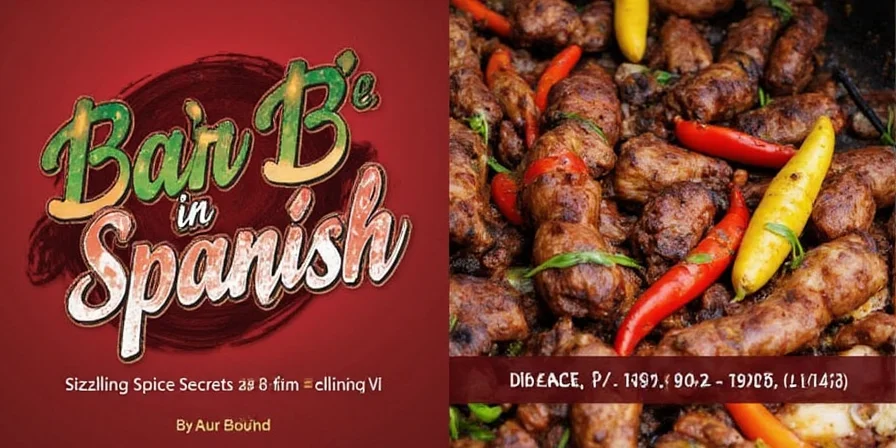









 浙公网安备
33010002000092号
浙公网安备
33010002000092号 浙B2-20120091-4
浙B2-20120091-4